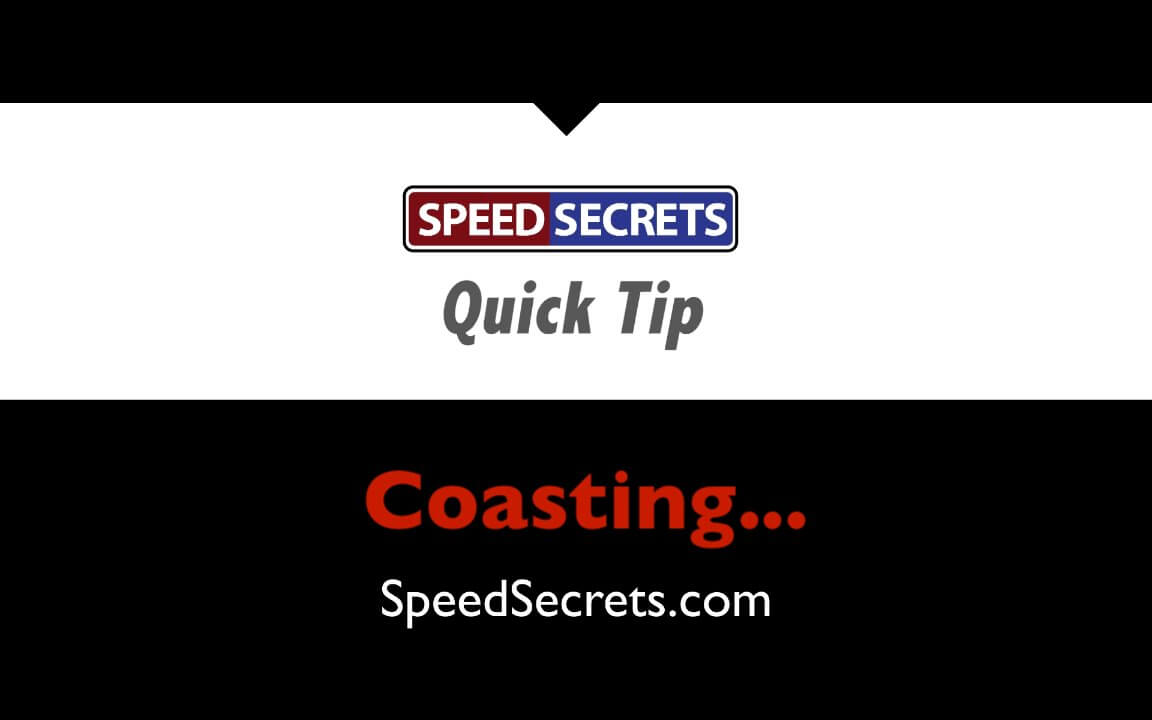Q: “I just listened to your latest podcast (#045 with Michael Silver), which reminded me of an instructor I had around 7 years ago who discouraged me from going full throttle and jumping onto the brakes. Whereas your podcast with Kenton Koch said this was the optimal time to apply brake pressure. I’d originally learned this technique watching races on TV where drivers jump on the brakes pretty dramatically. This instructor’s comment, along with “smooth is fast,” and watching Indy car races where they identify fuel savings when a driver coasts the car into the braking zone made me develop the habit you describe where you are slow to switch from throttle to brake. Now that I only run in Chump Car endurance racing, I figured the coasting into the brake zone was ideal for making the car last (I brake about 7/10 pressure), extending the life of the brake pads/rotors and fuel. Am I wrong? Obviously there are faster drivers on track who are at the limit. Thanks and I’m enjoying the podcast as you can tell.”
A: There are a few things going on here…
First, some instructors are not comfortable with a driver staying full throttle right to the brake zone. But they should be because lifting and coasting is a bad habit to develop. I strongly recommend you staying at full throttle until you go to the brakes. That’s the right way to go fast, and any time you ease off the throttle before braking, you’re wasting time.
As with everything, there are exceptions. In the case of fuel saving, then it’s okay to coast before braking. But this is an exception, and not something you should make a habit. It should be car- and event-specific. Lifting a little early in an Indy car makes enough of a difference in fuel used that it’s worth it. In my experience with most production cars, the difference is hardly noticeable (but again, there are exceptions…).
Does it put less wear on the brakes? Not really. If you lift and coast for a second or two, but then brake at the same place with the same pressure, the brakes are getting the same workout. The only difference would be if you arrived at the brake zone with less speed, and easing out of the throttle a second or two early will make a very small difference in your maximum straightaway speed. You can still brake at 7/10ths, whether you stay in the throttle right up to the brake zone or coast a little before.
One last thing to consider. Your instructor may have been trying to get you to focus on some other part of your driving, and having you ease out of the throttle early might have helped you be more comfortable, allowing you to work on that one skill or technique. As a driver coach, part of what I do is strategize how to help my drivers be comfortable and confident enough to work on a specific part of their driving. Sometimes that requires a “one step back for two steps forward” kind of thinking. It may be that your instructor was using that approach, and what he was really saying was, “Ease off the throttle early – for now. Later, after you’ve mastered the other things we’re working on, you can then stay on throttle all the way to the braking point.”
Oh, and I talked about coasting in this YouTube video.

